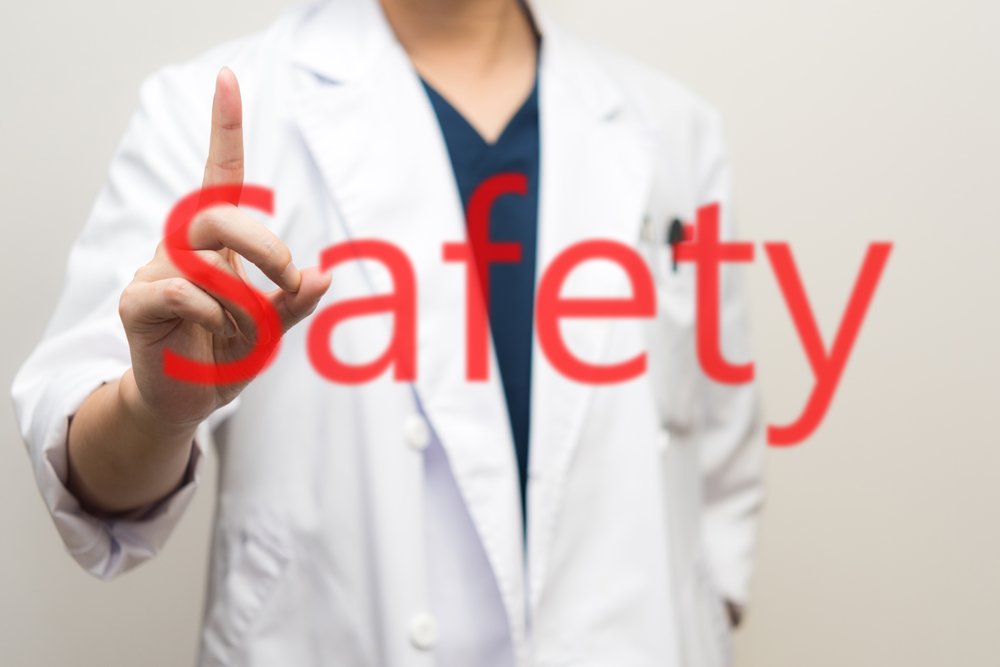Patient Safety Awareness Week
The week of March 10–16, 2019 is Patient Safety Awareness Week. Patient Safety Awareness Week is an annual recognition event intended to encourage everyone to learn more about health care safety. Patient safety isn’t isolated to inpatient care, it’s a fundamental concept of patient care and a right of every single patient. Safety is also a core component for healthcare providers.
In 2000, the Institute of Medicine (US) Committee on Quality of Health Care in America published “To Err is Human: Building a Safer Health System: a landmark report that highlights the extent of medical errors in the United States. According to one study, a 13.5 percent level of harm was identified within the US Medicare population by the Office of Inspector General using the Institute for Healthcare Improvement (IHI) Global Trigger Tool, and a study conducted in North Carolina and published in the New England Journal of Medicine found similar results. The epidemiologic findings based on meta-analysis showed that more than 1 million injuries and nearly 100 000 deaths occur in the United States annually as a result of mistakes in medical care. Based on the findings the study authors developed recommendations for improving patient safety, in the areas of leadership, improved data collection and analysis, and development of effective systems at the level of direct patient care.
In follow up to the original report, “Free from Harm Accelerating Patient Safety Improvement Fifteen Years After: To Err Is Human, was published by an Expert Panel, Convened by The National Patient Safety Foundation in 2015. This report recognizes areas of progress, highlights remaining gaps, and most importantly, details specific recommendations to accelerate progress. These recommendations are based on the establishment of a total systems approach and a culture of safety:
- Ensure that leaders establish and sustain a safety culture
- Create centralized and coordinated oversight of patient safety
- Create a common set of safety metrics that reflect meaningful outcomes
- Increase funding for research in patient safety and implementation science
- Address safety across the entire care continuum
- Support the health care workforce
- Partner with patients and families for the safest care
- Ensure that technology is safe and optimized to improve patient safety
A link to the complete PDF version of Free from Harm Accelerating Patient Safety Improvement Fifteen Years After To Err Is Human: http://www.ihi.org/resources/Pages/Publications/Free-from-Harm-Accelerating-Patient-Safety-Improvement.aspx
A link to IHI Global Trigger Tool for Measuring Adverse Events: http://www.ihi.org/resources/Pages/Tools/IHIGlobalTriggerToolforMeasuringAEs.aspx
Unmet Needs: Teaching Physicians to Provide Safe Patient Care: http://www.ihi.org/resources/Pages/Publications/Unmet-Needs-Teaching-Physicians-to-Provide-Safe-Patient-Care.aspx
RCA2: Improving Root Cause Analyses and Actions to Prevent Harm.
**Note**RCA2 is a trademark of the Institute for Healthcare Improvement. AllWays Health Partners does not endorse any software or training for the RCA2 process.
